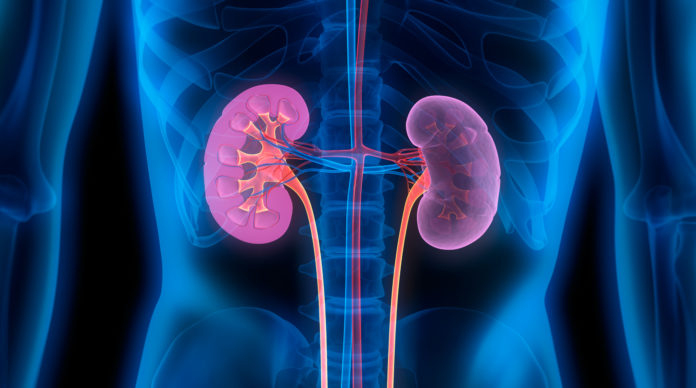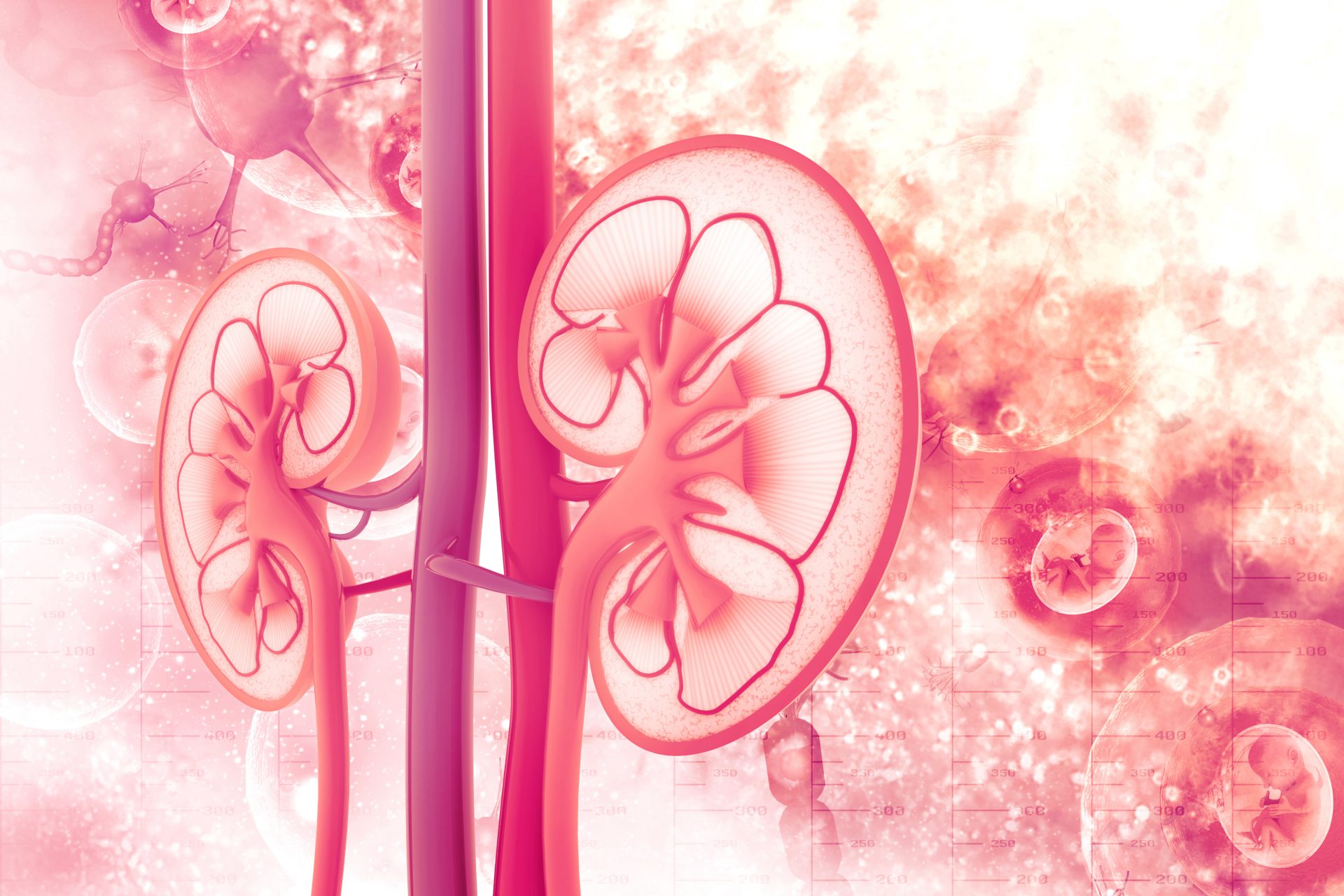Mikel Prieto, MD, of the Mayo Clinic in Rochester, Minnesota, and colleagues conducted a retrospective review designed to describe their technique of simultaneous hand-assisted laparoscopic bilateral native nephrectomy (BNN) and kidney transplantation in patients with autosomal dominant polycystic kidney disease (ADPKD). Results of the review were reported online in Urology [doi.org/10.1016/j.urology.2020.06.090].
The review included a cohort of adult patients with end-stage renal disease with symptomatic ADPKD who underwent a hand-assisted BNN at the time of kidney transplantation. The researchers examined patient and donor characteristics as well as perioperative and postoperative outcomes.
The cohort included 52 patients who underwent hand-assisted BNN at the time of kidney transplantation from January 2014 to October 2019. Median age of the cohort was 53.4 years, 57.7% were men, and median body mass index was 20.0 kg/m2. Fifty-one of the 52 recipients received a kidney from a living donor and 86.5% of the transplants were preemptive.
Due to an intraoperative small bowel injury, one patient received a small bowel resection. There were no solid organ injuries during the procedure. There was immediate allograft function in all patients, as well as steady decline in serum creatinine. Median decline in creatinine and hemoglobin on day 1 was 1.2 mg/dL and 2.2 g/dL, respectively.
“Simultaneous hand-assisted laparoscopic bilateral nephrectomy with kidney transplantation through a modified Gibson incision is feasible ad safe in the hands of an experienced laparoscopic surgeon without compromising allograft function,” Dr. Prieto said.
Credit: Original article published here.









